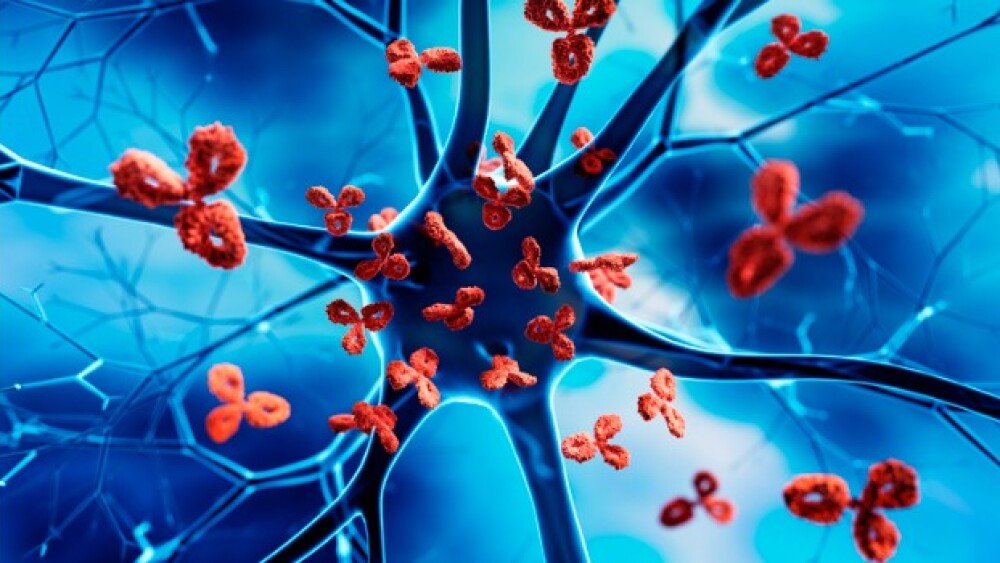In metabolic dysfunction-associated steatotic liver disease, a retrospective analysis shows that patients on GLP-1 receptor agonists are 14% less likely to progress to cirrhosis.
GLP-1 receptor agonists appear to significantly reduce the risk of progression to cirrhosis—and its related complications—in patients with metabolic dysfunction-associated steatotic liver disease, according to a cohort study published Monday in JAMA Internal Medicine.
Drawing from the U.S. Veterans Health Administration Corporate Data Warehouse and Central Cancer Registry, the retrospective analysis looked at data from more than 16,000 patients who initiated treatment with GLP-1 receptor agonists. The study found that more than 14,600 patients did not have cirrhosis at baseline.
Compared with patients who took DPP-4 inhibitors, GLP-1 treatments reduced the risk of progressing to cirrhosis by 14%, an effect that was statistically significant. GLP-1 receptor agonists were also associated with significantly lower risks of cirrhosis complications and mortality, reducing the respective likelihoods by 22% and 11%.
If confirmed by clinical trials, the researchers contend that these findings point to the potential of GLP-1 receptor agonists as preventive treatments for cirrhosis and related complications in patients with diabetes and metabolic dysfunction-associated steatotic liver disease (MASLD).
By comparison, in the approximately 1,400 patients with cirrhosis at baseline, GLP-1 therapy did not significantly correlate with any of the target outcomes. This result underscores “the importance of treatment earlier in the disease course,” the researchers wrote.
GLP-1 receptor agonists comprise a rapidly growing class of therapies that work by mimicking the structure of the GLP-1 hormone to target and activate its corresponding receptor. The therapies promote the secretion of insulin from the pancreas in response to blood sugar levels and slow down gastric emptying to help suppress appetite.
Pharma companies have leveraged this mechanism of action to target the lucrative weight loss drug market. According to analysts, the obesity market could exceed $150 billion in the 2030s. Leading the pack are Novo Nordisk, which markets its semaglutide therapy as Ozempic for type 2 diabetes and Wegovy for obesity, and Eli Lilly, which sells tirzepatide as Mounjaro for type 2 diabetes and Zepbound for obesity.
Further fueling the growth of GLP-1s is pharma’s continued efforts to push the drug class into new indications. In March 2024, Novo won the FDA’s approval to use Wegovy to lower the risk of cardiovascular death, heart attack and stroke in patients who are overweight or obese and who have cardiovascular disease.
Lilly, meanwhile, is positioning Zepbound as a therapy for obstructive sleep apnea and an FDA decision could come as early as the end of 2024.






